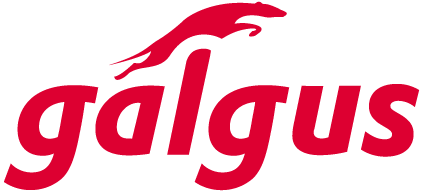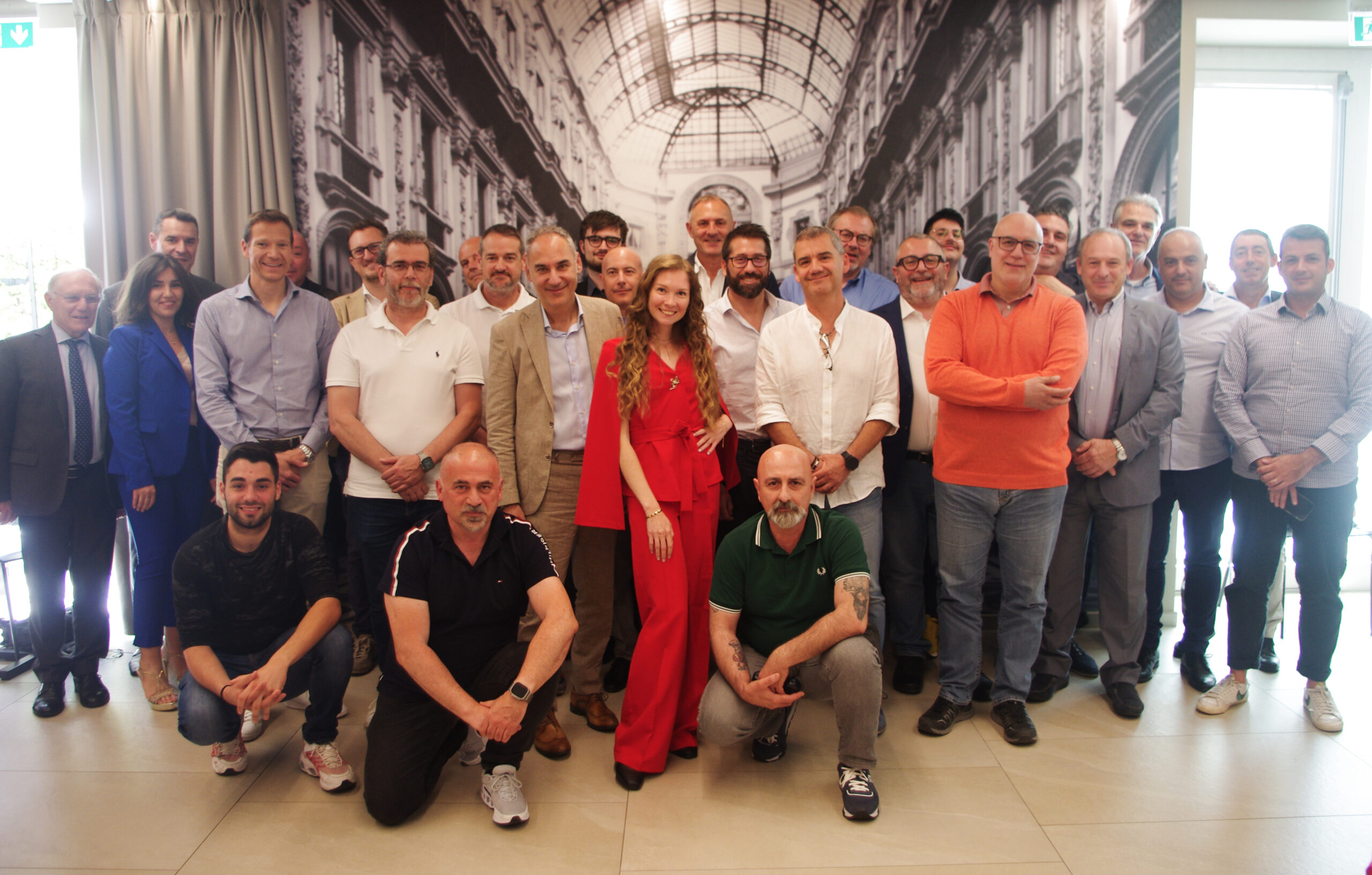Whether on a plane at 10,000 m or on a train at hundreds of kilometers per hour, travelers expect to watch a movie in high definition, send large files, and pay for a coffee from their mobile phone without interruptions.
The technical reality lies behind: metal fuselages that act as Faraday cages, narrow corridors that shield the signal, extremely high user density, and unpredictable traffic peaks.
With these conditions, Galgus has been able to develop a Wi-Fi technology capable of solving these technical challenges for the transport sector.
What does deterministic Wi-Fi mean?
We’re talking about Wi-Fi capable of guaranteeing a minimum performance per user—bandwidth, latency, and jitter—regardless of seat position or time of day. It’s not about peak speed, but rather predictability: the data rate of the “slowest passenger” is kept within a certain threshold.
How Galgus CHT technology makes it possible
- Distributed Intelligence: Cognitive Hotspot Technology places AI algorithms directly at each access point. There is no longer a central controller as a bottleneck; each AP measures its radio environment in real time and makes local decisions that it then coordinates with its neighbors.
- Proactive Radio Resource Management, which includes, among others:
- Dynamic channel and power allocation to avoid interference between cabins and carriages.
- Proactive Load Balancing: Client balancing based on received power and congestion, before an AP becomes saturated.
- Smart Roaming: The device moves to the optimal AP without the passenger noticing the transition.
- Airtime Fairness and QoS Control: CHT reserves airtime slots so that all devices—old and new—get the same transmission opportunity. Critical flows such as VoIP and in-flight payments are also prioritized.
- Continuous learning: Each journey feeds into the network’s knowledge base: hourly occupancy patterns, channels with the most interference, shadow zones. The next journey will be better than the previous one without human intervention.
Key questions that CHT answers
- How many simultaneous passengers can guarantee seamless streaming? The network automatically adjusts based on the actual number of devices on board and reserves sufficient airtime for each one.
- What happens when equipment changes (plane, train, bus)? AI recalibrates specific parameters (power, channel, overlap) in minutes, without on-site visits or additional licensing.
- How is the session maintained when the vehicle crosses multiple terrestrial or satellite cells? The data stream anchors to the most stable AP before the previous signal drops.
- Do I need to replace all my hardware to upgrade to Wi-Fi 6 or Wi-Fi 7? The CHT logic is independent of this; the software layer itself extends the lifespan of the current fleet and allows for gradual migrations.
- How do I control OPEX when demand continues to grow? By minimizing calls to the NOC and reducing technical travel, operating costs are structurally reduced.
Benefits for business and operations
- Passenger experiencewithout surprises: The network maintains a stable flow rate for each device, so that the passenger can watch high-definition video, work remotely or pay from their mobile phone without interruptions; this reliability reduces frustration and reinforces the operator’s perception of quality.
- Brand reputation and loyalty: When the connection “just works,” service ratings rise steadily; a better recommendation index translates into higher repeat purchases and a competitive advantage in a market where transportation is increasingly perceived as a commodity.
- New digital revenue streams: With predictable connectivity, it is possible to offer premium internet plans, on-demand streaming content, contextual advertising, and in-flight/on-rail stores, providing additional margins without increasing fuel or crew costs.
- Higher onboard conversions: Contactless payments and in-flight marketplaces operate with less friction; passengers are confident in completing transactions because their session isn’t interrupted, driving sales of food, merchandise, or seat upgrades.
- Optimized bandwidth management: CHT balances the load between APs and prioritizes mission-critical flows, making better use of the available satellite or terrestrial link and postponing the need to contract extra capacity.
- Structural OPEX Reduction: By eliminating on-site visits to resolve interference or reconfigure channels, technical travel and downtime are reduced; distributed intelligence extends the lifespan of hardware, delaying renewal investments.
- Real-time operational analytics: Each access point acts as a sensor and provides metrics on occupancy, bandwidth consumption, and usage patterns that help scale catering, cleaning, and staffing.
- Operational Sustainability: Fewer hardware replacements and fewer maintenance trips reduce the carbon footprint, aligning connectivity with the ESG commitments of airlines and rail operators.
The journey toward deterministic Wi-Fi in mobile environments is no longer a promise but a reality thanks to Galgus’ Cognitive Hotspot Technology. With it, airline and rail operators offer predictable connectivity that boosts passenger satisfaction and generates new revenue streams, all with a long-term, sustainable infrastructure.
Want to try it out for your fleet? Contact us and discover how CHT redefines the onboard experience from the very first ride.








